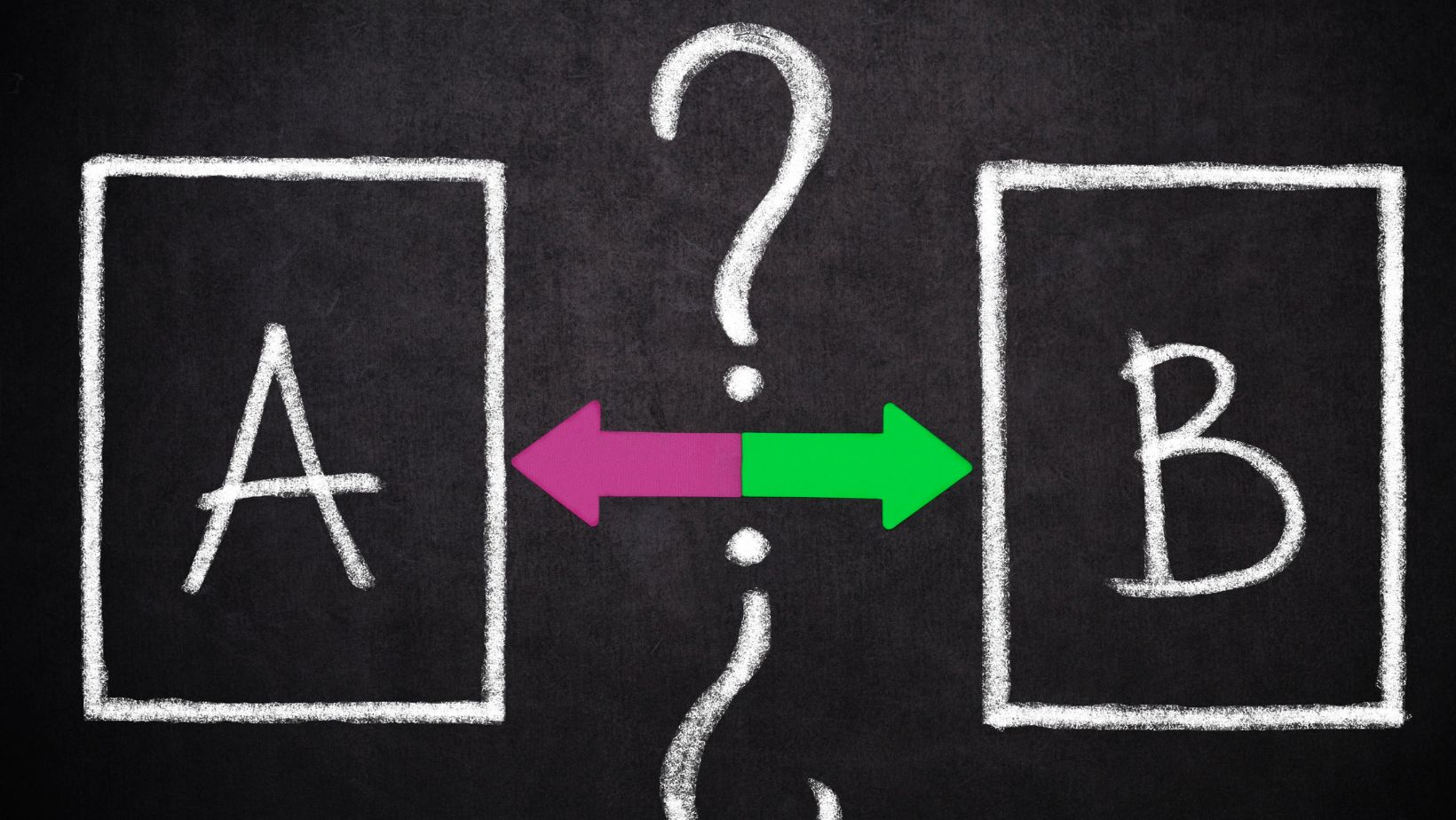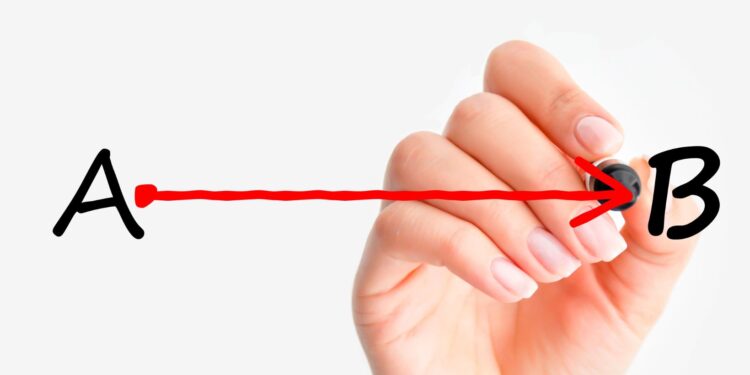If you’ve ever wondered what is A/B Testing ? you’re not alone. In 2025, A/B testing remains one of the most reliable, data-driven methods for improving digital experiences whether you’re optimizing an ad, landing page, or email subject line. It’s a method that empowers marketers, designers, and product teams to make informed decisions rather than relying on gut feeling.
At its core, A/B testing (also known as split testing) involves comparing two or more versions of a single variable to determine which performs better. One group sees version A; another sees version B. The version with better results more clicks, conversions, sign-ups wins. But beneath this simple surface lies a world of strategic nuance.
In this guide, we’ll explore why A/B testing matters, how to do it right, what mistakes to avoid, and how to apply it effectively in marketing and advertising environments in 2025.
Why You Should A/B Test
A/B testing helps eliminate guesswork. In a fast-moving digital world, even a small performance boost—like a 3% higher click-through rate—can translate into significant gains over time. Testing allows you to:
- Optimize user experience
- Increase conversion rates
- Understand audience preferences
- Make data-backed decisions
By running structured experiments, you reduce the risk of relying on assumptions and instead build a foundation of evidence-driven insights.
How to Do A/B Testing
1. Collect Data
Start with analytics. Identify areas with high traffic and low conversion rates. These are your best candidates for testing.
Use tools like Google Analytics, Hotjar, or your platform’s native analytics to understand drop-off points or user behavior trends.
2. Set Clear Goals
What are you trying to improve? It could be email open rates, CTA clicks, form submissions, or ad engagement.
Defining a single, measurable objective makes it easier to track success.
3. Create a Test Hypothesis
Frame your test with a clear hypothesis: “Changing the CTA color from red to green will increase sign-ups by 10%.”
The hypothesis gives you direction and a benchmark for comparison.
4. Design Variations
Create two (or more) versions of your asset with one variable changed. This could be headline text, button color, image placement, or form length.
The key is to isolate one variable at a time to accurately attribute performance differences.
5. Run the Experiment
Split your traffic evenly between the versions. Let the test run long enough to collect statistically significant results.
Don’t stop early—even if one version seems to be winning. Premature conclusions can be misleading.
6. Analyze Results
Use statistical tools to interpret the results. Determine whether the performance difference is significant or within the margin of error.
Then decide: implement the winning version, or test something new?
Understanding A/B Test Results
Winning or losing isn’t everything. Results provide deeper insights:
- Why did users prefer one variation?
- How did the change affect user flow?
- What might you test next?
Also, keep an eye on unintended consequences. A change that improves conversion may increase bounce rate elsewhere.
Segmenting A/B Tests
By Demographics
Test whether age, gender, or location impacts user response. A headline that resonates with Gen Z might flop with Boomers.
By Behavior
Behavioral segmentation allows testing based on user actions—first-time vs. returning visitors, or those who added items to cart but didn’t check out.
By Devices
Mobile vs. desktop users may engage differently.

A layout change that works on desktop could fail on mobile if it disrupts usability.
A/B Testing & Advertising
Ad Copy Optimization
Test headlines, tone, emojis, punctuation, and length. Find the exact voice that resonates.
Audience Targeting
Try running the same ad with different targeting settings. Sometimes the message is right, but the audience is wrong.
Creative Variations
Swap visuals, try animations vs. static images, or test different product angles. Even background color can influence clicks.
Ad Placement
See how performance shifts between Facebook Feed, Instagram Stories, or Reels. Placement matters more than most assume.
Budget Allocation
Use A/B testing to determine where to spend more. If version A yields twice the ROAS of version B, shift your spend accordingly.
What is the minimum time to run an A/B test?
There’s no universal rule, but a good baseline is at least 7 days to capture behavior across weekdays and weekends. Run it longer if traffic is low or if you’re testing small changes.
You should also aim for statistical significance—typically 95% confidence level—before making any decisions.
What are some common mistakes to avoid in A/B testing?
- Testing too many variables at once
- Stopping the test too early
- Running tests without a clear hypothesis
- Ignoring mobile behavior
- Over-relying on minor wins instead of strategic insights
Each mistake reduces the reliability of your insights and can lead to misleading decisions.
Final Thoughts: Test Boldly, Decide Wisely
So, what is A/B testing? It’s more than just a tool—it’s a mindset. It’s about constantly learning, optimizing, and listening to your audience through data. In 2025, where attention spans are shorter and expectations higher, the brands that win are those that test, iterate, and adapt with precision.














